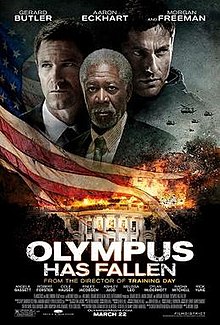I'm a whole-word reader. I see a word and see the word I think it should be. Now while technology helps, there's lots of things spell-checkers won't catch (for instance, "form" instead of from"). And my eye will see "form" as "from" if that's the word I think should be there. That's why I'm a lousy proofreader. If you're a regular reader of this blog, you've seen how I miss typos a lot since I'm the only one who proofreads/edits it.
On editing, however, I'm good with grammar and sentence construction. I'm not great, but I'm good.
After you finish your first draft of anything you write, there are three things you need to do:
- Re-write
- Proofread
- Edit
Re-write means looking for things that need changing in the writing, things to cut, better words/descriptions to use, maybe a section needs better explanation. It's improving the writing itself. The actual writer needs to do this.
Proofread is to look for simple errors like spelling/typos. This is the least technical aspect of manuscript improvement. Anyone who is good at spotting errors can do this. I'm not good at spotting errors.
Edit is to look for grammar mistakes, poor construction, wrong words, etc. The editor needs some modicum of writing ability. And it's best if at least one of the editors is not the writer.
Here are some editing/re-writing/proofreading tips I've learned over the years of writing:
- After you write the first draft, let it sit and do not look at it for a while. I have a friend who says she lets her novel manuscripts sit at least a month before she goes back and looks at them. I call this process "festering" but really it's trying to look at it with fresh eyes. I find if I'm writing something long that by the time I finish, I can start re-writing the beginning pretty quickly because it's been a while since I wrote it. For short things, like my freelancing articles, I try to wait until at least overnight.
- Get everyone you can con into proofreading to proofread it. Also beta reading is a great idea.
- Print it out. Seeing it printed seems to fool the brain into this being something new. Or change the font on the screen before editing/proofreading.
- Read it out loud. This will make another part of your brain work and you'll see and hear things you didn't notice before.
- Have someone read it out loud to you. This is a great way to hear poor construction or word repetitions. Also they might spot some errors while reading.
- And let it sit some more. The longer it is, the longer it needs to fester.











